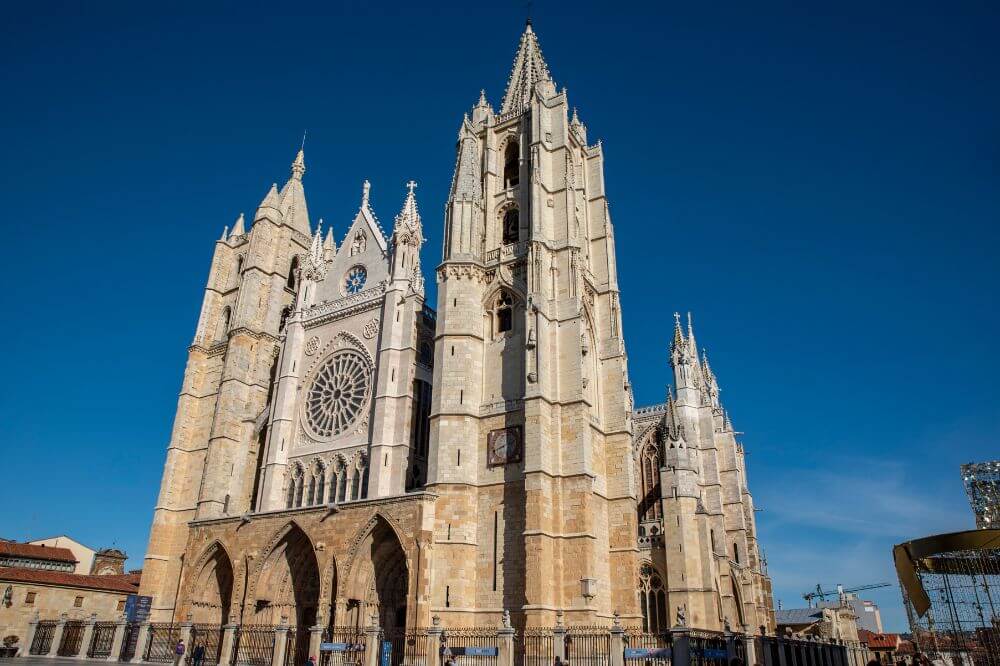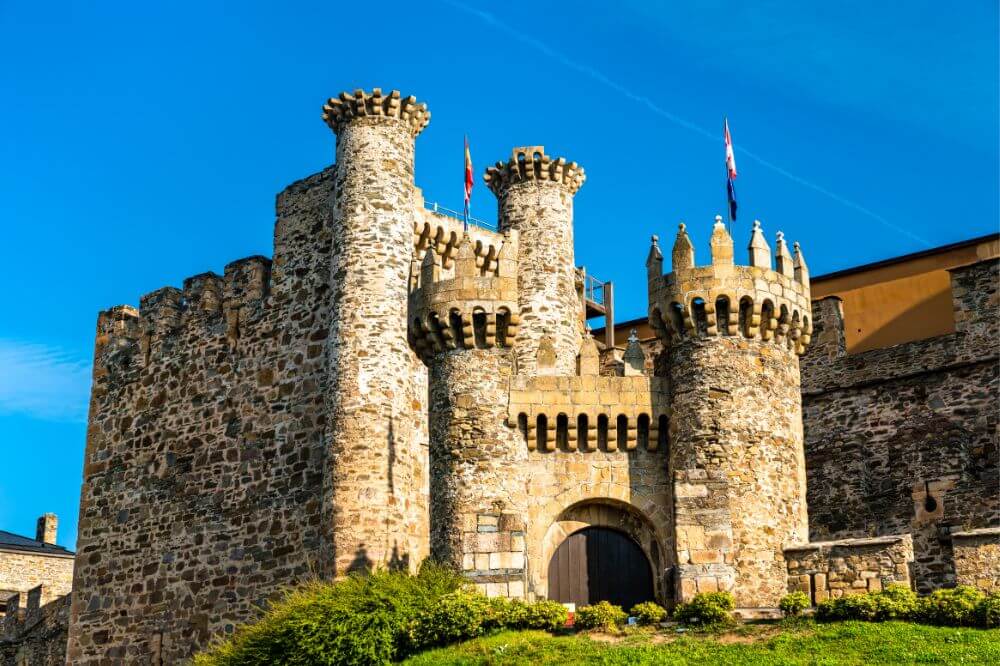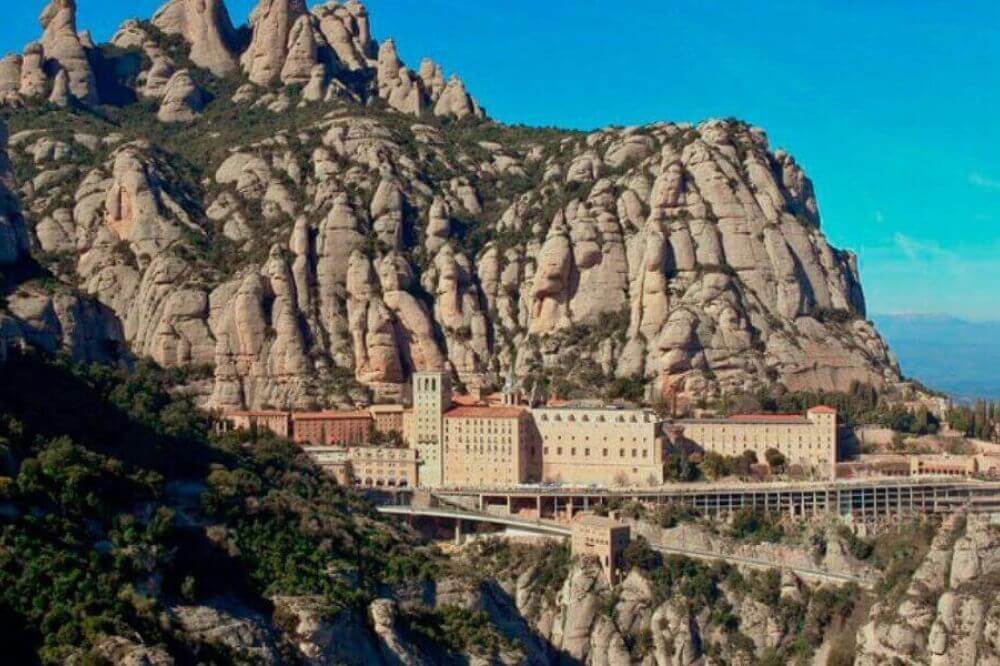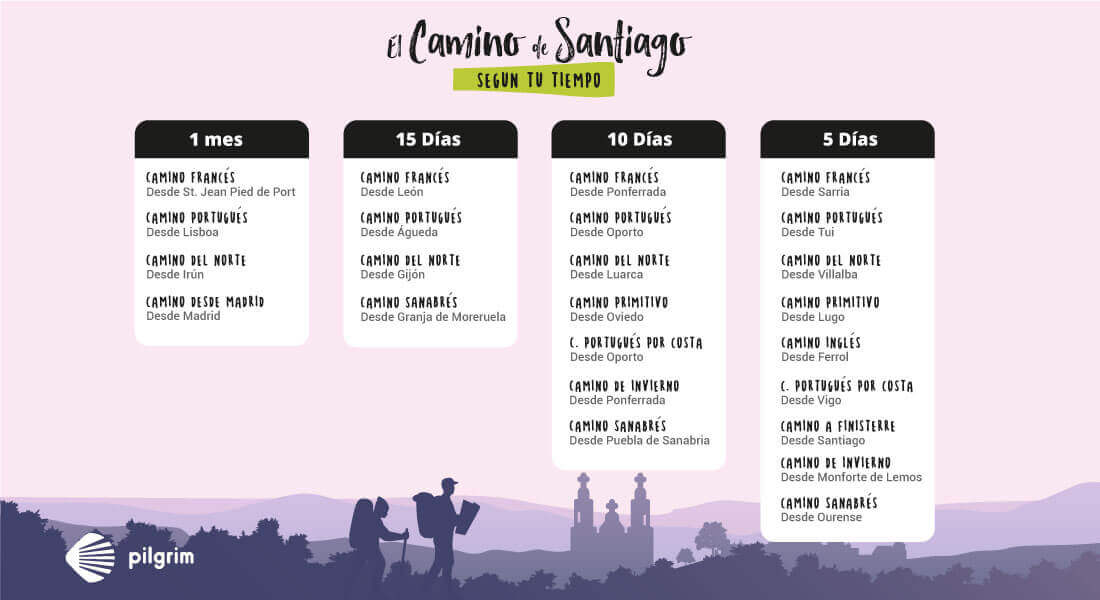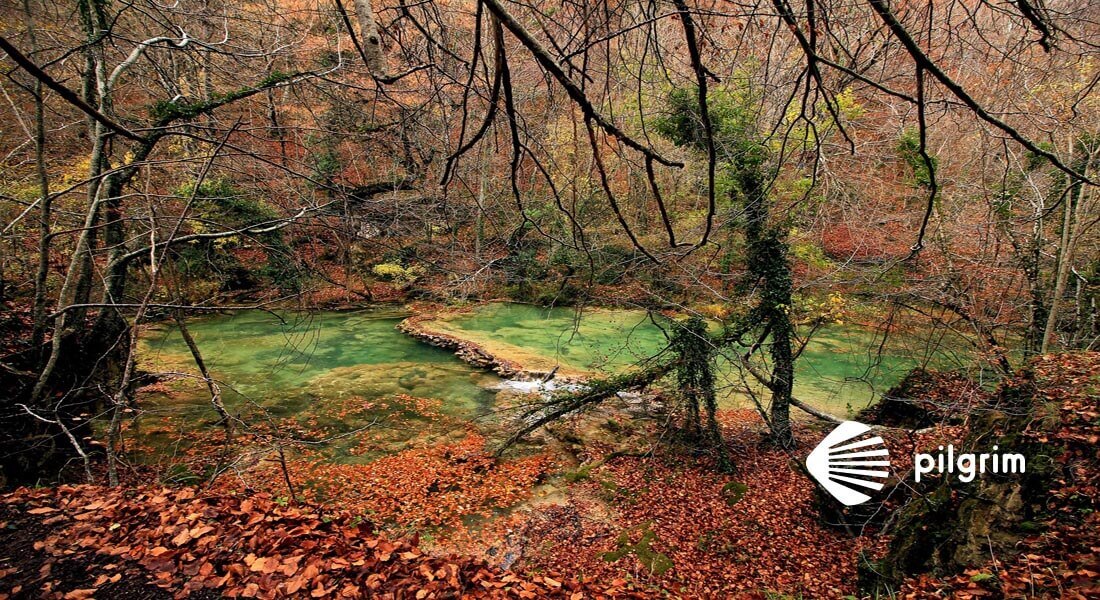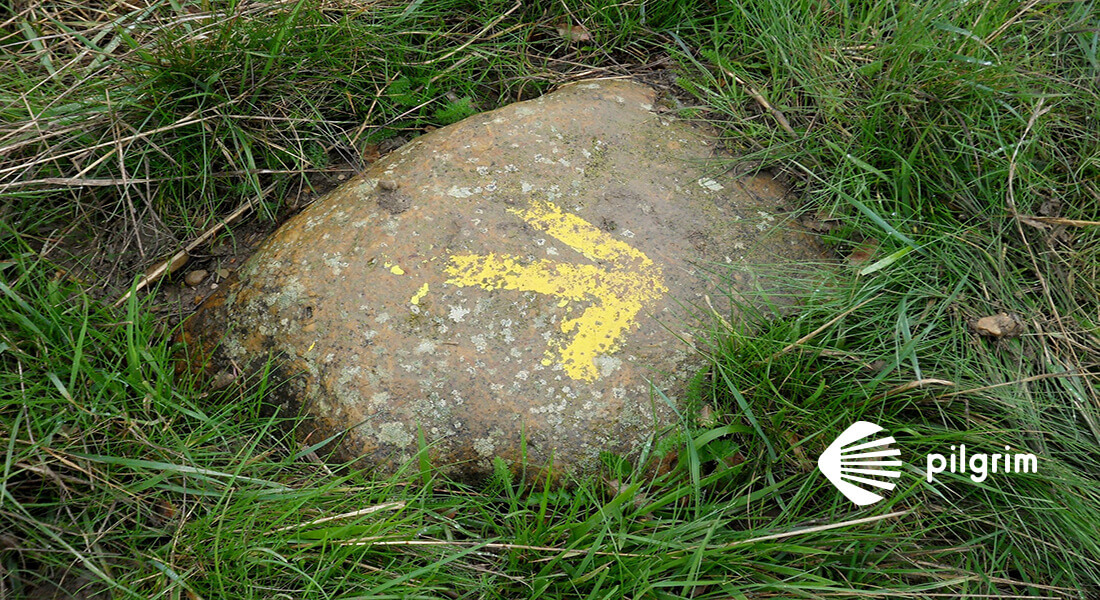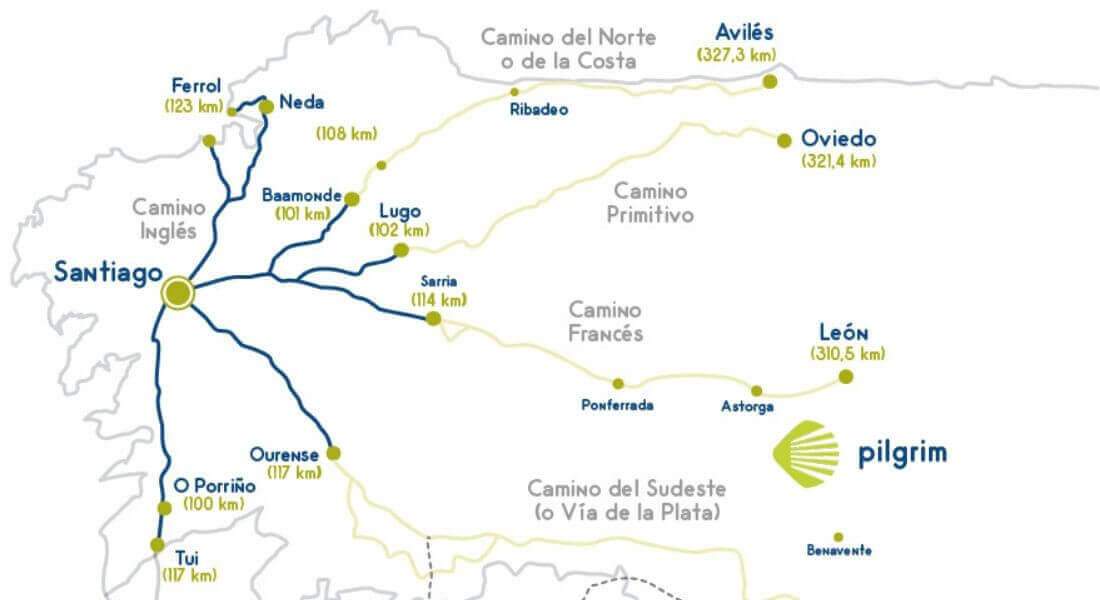Discover The Way of Values, a journey that goes beyond the physical path of the Camino de Santiago.
A reflection on effort, companionship, and the true meaning of walking towards your goals.
The city of León is known for being one of the most popular starting points for pilgrims embarking on their adventure along the French route of the Camino de Santiago. It is 306 km from Santiago de Compostela, usually divided into 13 stages. You might also like: Camino de Santiago from Ponferrada The entire route …
In northern Spain, after Roncesvalles and Sarria, Ponferrada is one of the most common starting points for those walking the Camino de Santiago. YOU MIGHT ALSO LIKE: FRENCH WAY FROM SARRIA TAmong the advantages of starting your Camino in Ponferrada is having the possibility to choose between two routes, the French Way and the Winter …
As we have already pointed out on numerous occasions, the Camino de
Santiago weaves an enormous network of routes throughout the Spanish
territory, and in all the autonomous communities there is a path that
connects with the pilgrimage route to Santiago de Compostela. This time,
it is time to talk about the Catalan Way.

